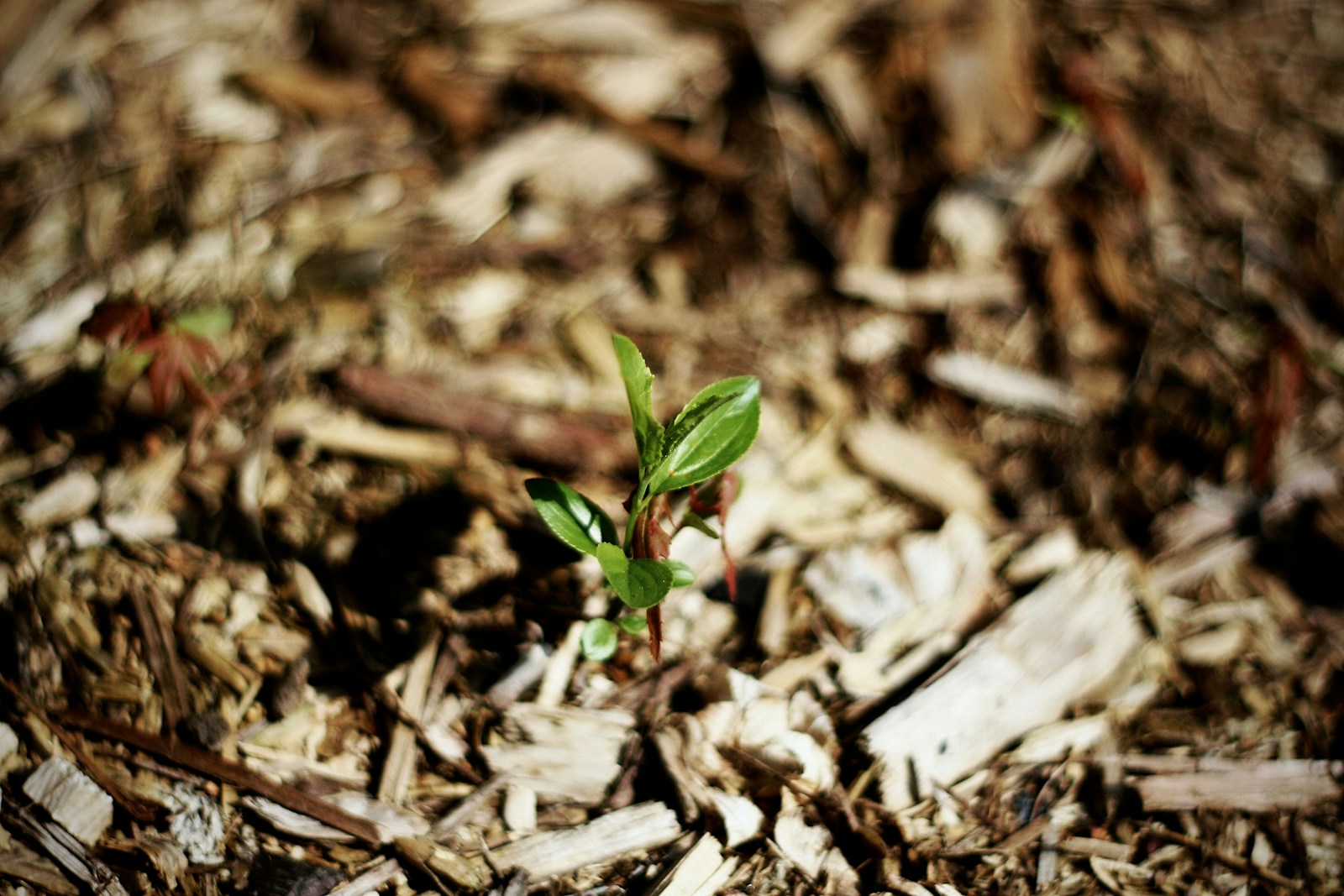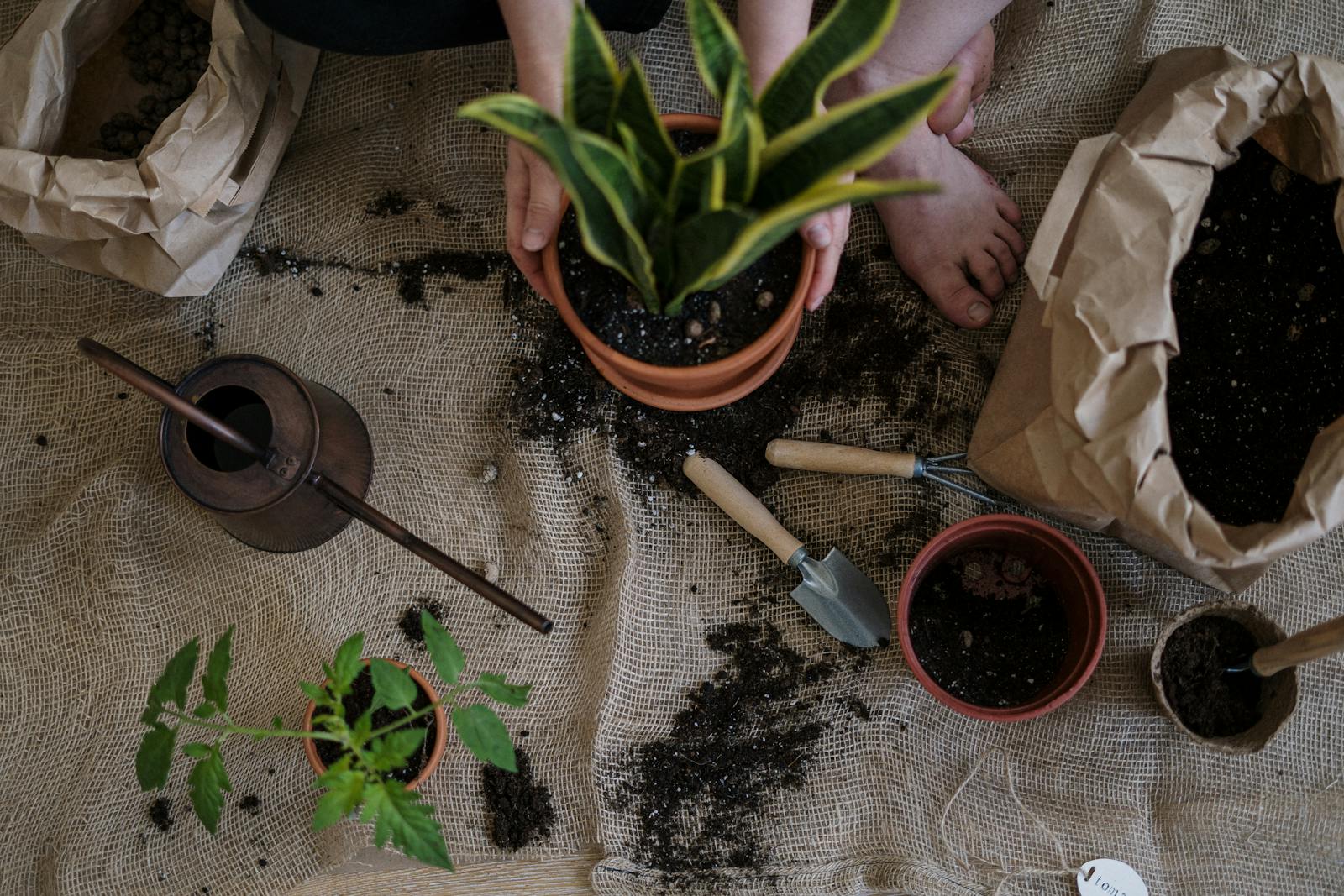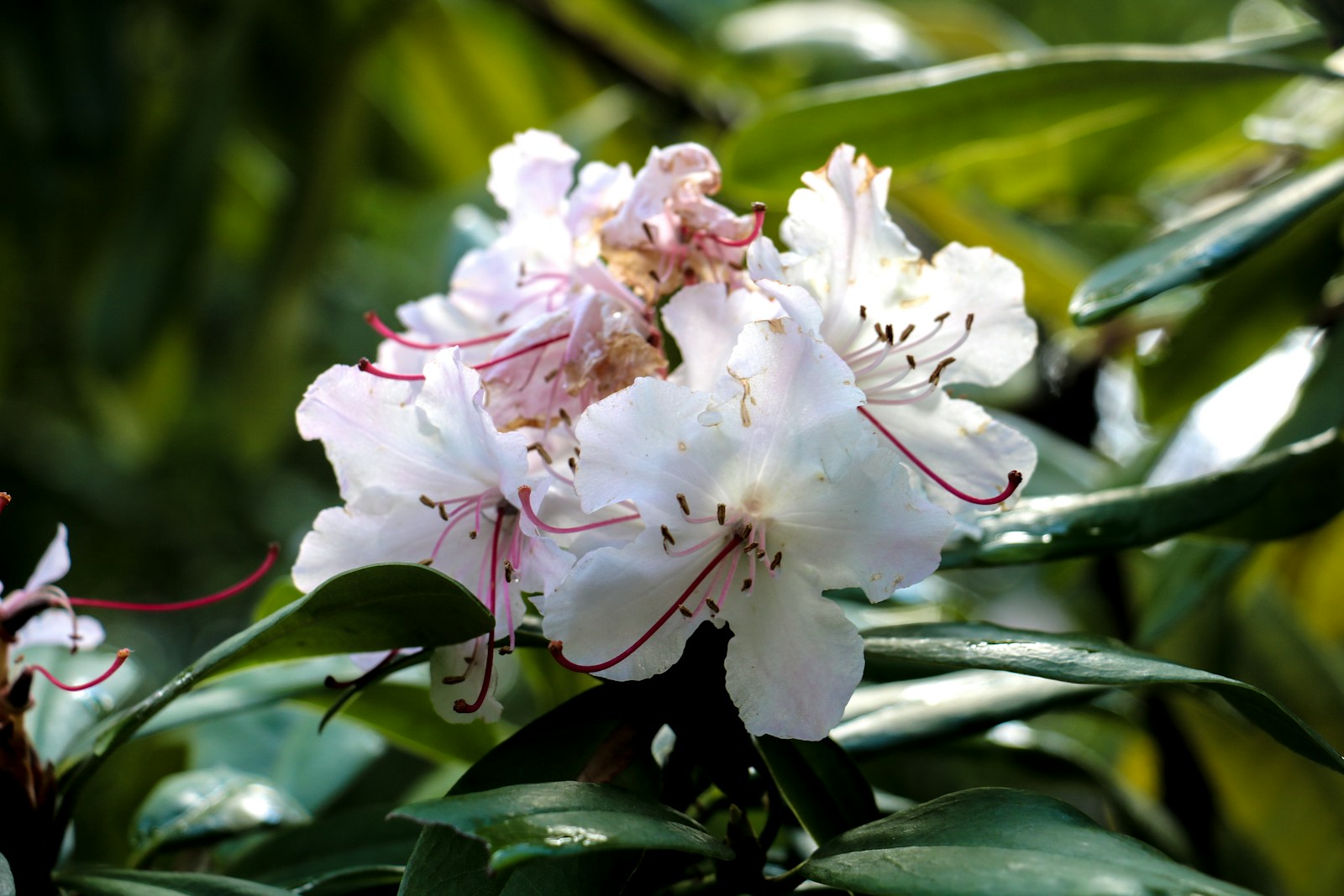Garden Pest Prevention: Mulching, Netting, and Barriers
The Importance of Physical Pest Prevention
Garden pest prevention is most effective when it starts with physical defenses. While sprays and traps offer temporary fixes, mulching, netting, and barriers provide long-term protection against common pests.
These methods reduce the need for chemicals, protect plant health, and keep beneficial insects safe. They’re especially important in organic gardens where natural balance is a priority.
With proper planning, these simple tools can block many types of pests before they cause damage—saving time and ensuring healthier yields.
Mulching for Pest Control and Soil Health
Mulching offers more than water retention and weed suppression—it’s a powerful ally in pest control. Organic mulches like straw, bark, or shredded leaves create a dry surface that repels soft-bodied pests like slugs and snails.
Mulch also shelters beneficial ground beetles and spiders that prey on harmful insects. Some mulches, like cedar or pine, even have natural pest-repelling properties.
Maintain a 2–3 inch layer and keep it away from plant stems to avoid rot and rodent sheltering. Refresh as needed throughout the season to maintain effectiveness.
Using Netting to Block Flying Insects
Fine mesh netting is one of the most versatile garden pest prevention tools. It prevents access by cabbage moths, whiteflies, aphids, and even birds without the use of toxins or sprays.
Use netting over hoops or frames to cover entire beds or wrap it around individual plants using stakes or supports. Ensure a snug fit with enough clearance for air and light penetration.
Remove or lift netting during flowering if plants rely on pollinators, then replace to continue protection.
Row Covers for Early-Season Protection
Floating row covers are light, breathable fabrics laid directly over young crops. They protect seedlings from flea beetles, leaf miners, and squash bugs during critical early growth stages.
Secure edges with soil or pins to prevent entry. Row covers trap warmth and moisture, accelerating early growth while shielding from wind and pests.
Once plants mature or begin flowering, remove the covers or switch to netting to allow pollination while maintaining pest defense.
Collars and Shields for Stem Protection
Cutworms and root maggots attack plants at the soil line, making collars and shields essential. Use cardboard rings, plastic cups, or aluminum foil tubes around stems to block pests from access.
Insert collars an inch into the soil and a few inches above ground for full protection. These barriers are especially useful for transplants and young seedlings in vegetable gardens.
Replace or adjust collars as plants grow, ensuring continued defense during vulnerable stages.
Using Trellises to Reduce Ground Contact
Trellising helps keep fruit and foliage off the soil, minimizing exposure to soil-borne pests and diseases. Vertical supports for crops like cucumbers, tomatoes, and beans lift produce into cleaner airspace where pests have less access.
Choose sturdy materials like bamboo, wire, or metal frames and secure plants with clips or ties as they grow. This also improves airflow and sun exposure, creating conditions that discourage mold and mildew.
By reducing ground contact, trellises act as a natural barrier against crawling pests like pill bugs and slugs.
Planting Trap Crops as Decoys
Trap crops are sacrificial plants grown to lure pests away from your main harvest. For example, nasturtiums attract aphids while radishes can draw flea beetles. Once infested, these plants can be removed or treated separately.
Place trap crops at the edges of beds or in containers nearby. This method keeps your primary crops healthier and reduces pest concentration where it matters most.
Trap cropping is a proactive strategy that works best when combined with physical barriers and regular inspection.
Fence Barriers to Exclude Larger Pests
Physical fences are essential for keeping out deer, rabbits, and groundhogs. Use chicken wire or welded mesh fencing at least 3–4 feet high. Bury the bottom edge 6–12 inches to prevent burrowing access.
To stop climbing pests, consider adding an angled or electrified top. Garden beds near wild areas benefit greatly from even basic fencing systems.
Fences serve as a long-term structural defense that limits damage from mammals without harming them or other garden wildlife.
Reflective and Motion-Based Deterrents
Reflective tape, hanging CDs, or motion-activated sprinklers can startle birds, deer, and some flying insects. These deterrents are especially useful during fruiting season when crops are most tempting.
Hang reflective objects in visible, breezy areas where they catch light and move unpredictably. Change their positions weekly to prevent pests from adapting.
While not barriers in the traditional sense, these visual and kinetic tools complement your physical defenses by discouraging pest visits before damage occurs.
Maintaining Clean Bed Edges and Perimeters
Many pests hide in weeds, overgrown grass, or mulch overflow along garden borders. Keep bed edges trimmed and free of clutter to reduce shelter for slugs, aphids, and spider mites.
Use edging material like metal, brick, or recycled plastic to contain mulch and create defined spaces. Monitor these edges closely during spring and summer when pests are most active.
Clean perimeters improve visibility, discourage infestations, and make barrier strategies more effective overall.
Combining Methods for Layered Protection
Using multiple pest prevention techniques together creates a strong, layered defense. For example, mulch reduces crawling pests while netting blocks flyers and collars protect stems. Together, they guard plants from every angle.
Plan your defenses based on the pests most common in your area. Stack passive tools like mulch and barriers with active deterrents like trap crops or fencing for full coverage.
This integrated strategy minimizes weak spots and increases the resilience of your garden across seasons.
Seasonal Adjustments for Pest Shifts
Different pests dominate at different times. Spring often brings slugs and aphids, while late summer may attract beetles and caterpillars. Adjust your defenses accordingly by rotating netting types or refreshing mulch as the season evolves.
Fall cleanup is equally important. Remove dying plant matter, loosen soil, and replace old mulch to eliminate overwintering sites for pests.
Staying ahead of seasonal patterns strengthens your garden’s ability to repel problems year-round.
Monitoring and Maintenance of Physical Defenses
Even the best barriers need occasional attention. Check netting for tears, reposition collars as plants grow, and inspect fences for gaps. Replace or repair any damage caused by weather or wear.
Regular walk-throughs help catch early signs of intrusion or failure. Keep tools handy for quick fixes and establish a routine to stay on top of garden maintenance.
Consistent upkeep keeps your physical defenses reliable and long-lasting throughout the growing season.
Balancing Pest Control with Pollinator Access
Some barriers may unintentionally block helpful insects like bees or butterflies. Use removable or selective netting and uncover blooms during peak pollination hours to allow access.
Choose mesh sizes that keep pests out but let smaller pollinators through. Plant open-access flowers like zinnias or lavender nearby to attract pollinators without interfering with crop protection.
This balance ensures that your pest defenses don’t sacrifice yield or biodiversity in the process.
Building a Pest-Resistant Garden Over Time
Pest prevention improves year by year as your garden matures. As you learn which pests frequent your space and which plants they prefer, you can tailor your barriers more precisely.
Combine experience, smart layout, and quality materials to reduce dependency on sprays or interventions. Over time, your garden becomes naturally resilient and better equipped to thrive with minimal input.
A pest-resistant garden is not only easier to manage—it’s more productive, sustainable, and enjoyable to grow in.
Frequently Asked Questions
What is the best mulch for pest control?
Straw, shredded bark, or cedar mulch work well. Cedar has natural pest-repelling oils, while straw creates a dry surface that deters soft-bodied pests like slugs.
Can I use netting for all vegetables?
Yes, but be sure to adjust for pollination needs. Use finer mesh for small insects and remove or open netting when plants bloom to allow pollinators access.
How deep should collars go to stop cutworms?
Insert collars about 1 inch into the soil and extend 2–3 inches above ground. This blocks cutworms and some soil-dwelling larvae from reaching tender stems.
Do row covers overheat plants?
In hot climates, lightweight floating row covers allow airflow and reduce overheating. Remove or vent them on particularly warm days to protect crops.
How do I keep fencing effective over time?
Inspect it monthly for rust, gaps, or burrowing holes. Bury the base, tighten connections, and replace weak sections to maintain long-term protection from larger pests.
© 2025 GardeningandDecor.com. All rights reserved.



